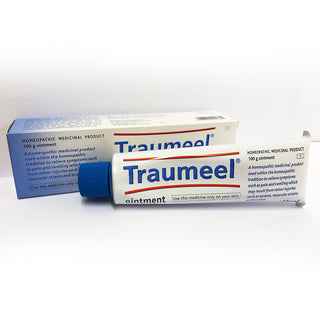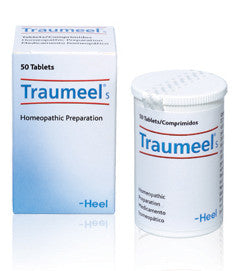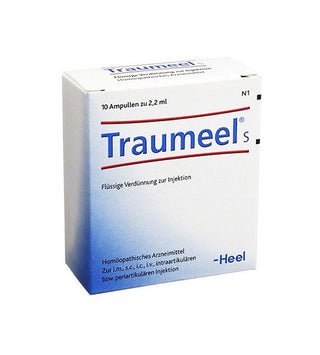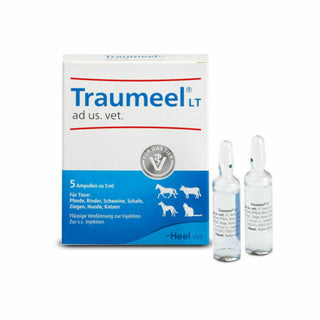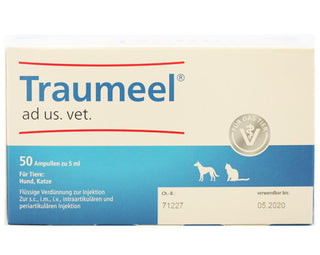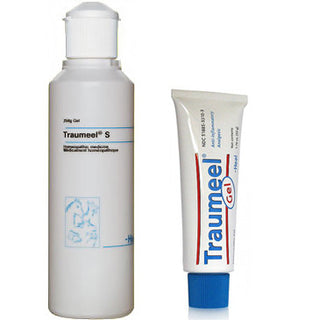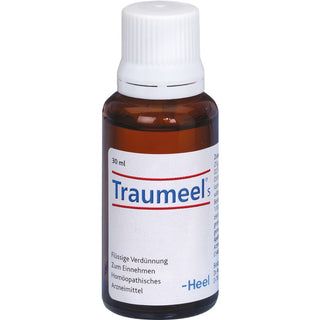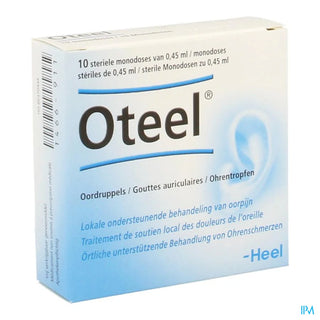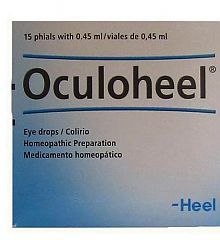Description
Information: Oculoheel, a homoeopathic combination preparation, effectively alleviates the following eye symptoms:
- 1. Dry Eyes
- 2. Watery Eyes
- 3. Redness
- 4. Irritation
- 5. Light sensitivity
- Tired Eyes / Eye Strain
Indications/Use:
Inflammatory conditions of the eye, such as conjunctivitis, blepharitis, dacry-ocystits (especially chronic forms).
Dosage (eye drops):
The recommended dosage is 1-2 drops into each affected eye 3 times per day.
Length of therapy:
As a homoeopathic combination preparation, Oculoheel is especially suitable for long-term treatment.
Unused medication:
The unused medication in an open phial must be discarded to avoid contamination. Oculoheel eye drops are sterile until they are opened and do not contain preservatives.
Suitability for contact lense wearers
Oculoheel is especially suited for wearers of contact lenses as it does not contain preservatives.
Composition:
1 phial with 0.45 ml (= 0.45 g) contains: Euphrasia officinalis D5 110.7 mg, Cochlearia officinalis D5 110.7 mg, Jaborandi D5 110.7 mg, Echinacea angustifolia D5 110.7 mg.
Further Information:Cochlearia officinalis (horse-radish) - Inflammation of the eyes.
Jaborandi (pilocarpus jaborandi) - Eye disorders.
Echinacea angustifolia (narrow-leaved coneflower) - Inflammations of every kind.
Conjunctivitis (chronic and acute) - alongside dry eye - is the most frequent eye disease of all.
So-called dry eyes is the eye disease treated most frequently with medications, the annual increase being 10 - 15 per cent.
Oculoheel contains the medicinal agent Jaborandi (pilocarpus j.).
It has therefore proved particularly appropriate to use Jaborandi (pilocarpus j.) for overstrained eyes, heat and burning in the eyes, and accommodation difficulties.
Euphrasia is indicated for inflammatory eye conditions associated with excessive secretion or lachrymal flow.
Echinacea angustifolia is not only known as an antiseptic in folk medicine, but is also used in homoeopathy on any type of septic process.
In ophthalmology, Echinacea has proved suitable for eye pain (when reading) and lachrymal flow in fresh air.
Adding product to your cart
You may also like
Description
Information: Oculoheel, a homoeopathic combination preparation, effectively alleviates the following eye symptoms:
- 1. Dry Eyes
- 2. Watery Eyes
- 3. Redness
- 4. Irritation
- 5. Light sensitivity
- Tired Eyes / Eye Strain
Indications/Use:
Inflammatory conditions of the eye, such as conjunctivitis, blepharitis, dacry-ocystits (especially chronic forms).
Dosage (eye drops):
The recommended dosage is 1-2 drops into each affected eye 3 times per day.
Length of therapy:
As a homoeopathic combination preparation, Oculoheel is especially suitable for long-term treatment.
Unused medication:
The unused medication in an open phial must be discarded to avoid contamination. Oculoheel eye drops are sterile until they are opened and do not contain preservatives.
Suitability for contact lense wearers
Oculoheel is especially suited for wearers of contact lenses as it does not contain preservatives.
Composition:
1 phial with 0.45 ml (= 0.45 g) contains: Euphrasia officinalis D5 110.7 mg, Cochlearia officinalis D5 110.7 mg, Jaborandi D5 110.7 mg, Echinacea angustifolia D5 110.7 mg.
Further Information:Cochlearia officinalis (horse-radish) - Inflammation of the eyes.
Jaborandi (pilocarpus jaborandi) - Eye disorders.
Echinacea angustifolia (narrow-leaved coneflower) - Inflammations of every kind.
Conjunctivitis (chronic and acute) - alongside dry eye - is the most frequent eye disease of all.
So-called dry eyes is the eye disease treated most frequently with medications, the annual increase being 10 - 15 per cent.
Oculoheel contains the medicinal agent Jaborandi (pilocarpus j.).
It has therefore proved particularly appropriate to use Jaborandi (pilocarpus j.) for overstrained eyes, heat and burning in the eyes, and accommodation difficulties.
Euphrasia is indicated for inflammatory eye conditions associated with excessive secretion or lachrymal flow.
Echinacea angustifolia is not only known as an antiseptic in folk medicine, but is also used in homoeopathy on any type of septic process.
In ophthalmology, Echinacea has proved suitable for eye pain (when reading) and lachrymal flow in fresh air.

